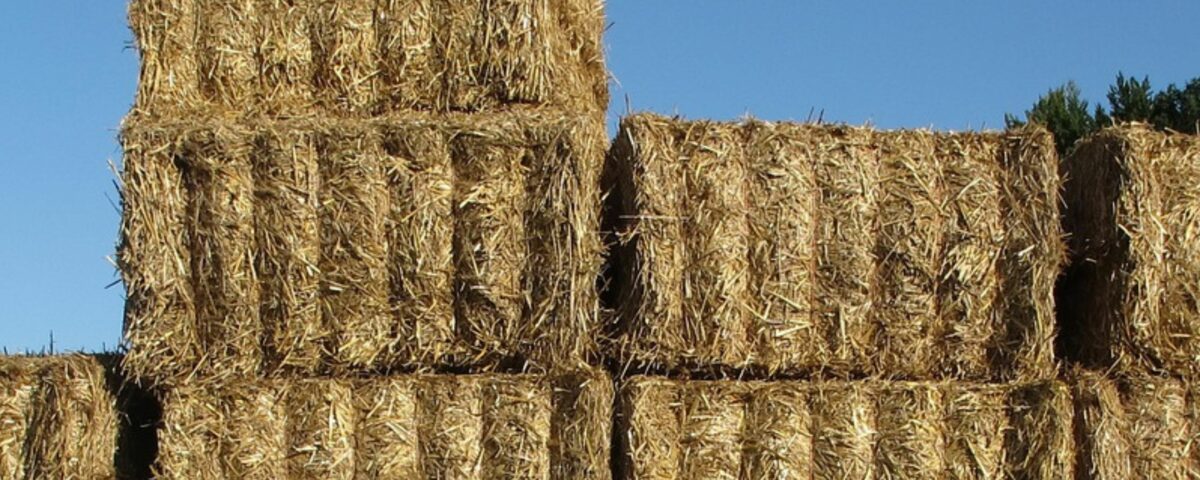5 Ways to Keep Your Winter Garden Warm

5 Ways to Keep Your Winter Garden Warm
Today we are going to talk about how to winterize your raised garden beds. It can be a challenge to keep your garden warm during the cold winter months. We have some great ideas that you can start implanting as soon as your temperature drops. We are also going to discuss the ideal soil and soil preparation. So, let’s get started…
The ideal for soil for vegetables in the winter is that the soil is:
-Deep
-Well draining
-Holds moisture like a sponge
-High organic matter
-Acidic pH (5 or 6) this is because in the cold winter months the micro-nutrients and the macro-nutrients are harder to draw up into the plant.
-Crumbles easily
Soil preparation and amending native soils:
-Flood the area you are going to be planting in. This helps leach out unwanted salt build up.
-Remove any weeds, grass, and any unwanted vegetation.
-Allow the soil to dry a workable state. Never work the soil when it is wet.
-Work the soil 12″ to 18″ to loosen and add air
-Add in compost and fertilizer. Composted leaves, grass clippings, sawdust, or vegetable scraps are all good as long as you cannot recognize any of the parts. Avoid manure if you are planting immediately.
-Organic matter should be about 1/3 of your final mix
The Double-Dug technique helps to keep your garden warmer. You can use hay between the rows or to warm it up even more you can use compost between the rows. With this type of a method you can keep your crops alive in weather conditions as low at 22 degrees.
With traditional raised beds there is an insulated issue. I would recommend not to plant at least 12″ from the outer edge. With block walls you may be able to plant a little closer to the edge. This will allow an insulated gap so the roots don’t get too cold.
We like using raised beds with block or stone walls with our traditional raised beds for many reasons. You can plant closer to the edge. You can sit on the edge to plant or rest. It is also a slower radiant heat barrier that can then radiate the heat into the soil so that you can extend your season longer than a wooden raised bed.
Square foot beds. To warm your raised beds, especially square foot gardens, is to surround them with bails of hay and water them. The water creates some bio-heat. It won’t create just a thermal barrier to your garden, but also act like a warm packet. You can also put a cover over the top of the hay bales and your garden bed. The heat off of the hay bales will permeate into the garden bed, almost like a greenhouse.
Growing in pots outdoors is another great way to grow in the winter. We like to use heavy pots to hold a lot of heat. Have the pot wider at the top and angled down at the bottom will help to keep the soil warm at the base.
Hopefully all these garden ideas get your juices flowing. What are you going to start with? Next week we will discuss growing holiday gardens indoors. We look forward to seeing you then!
